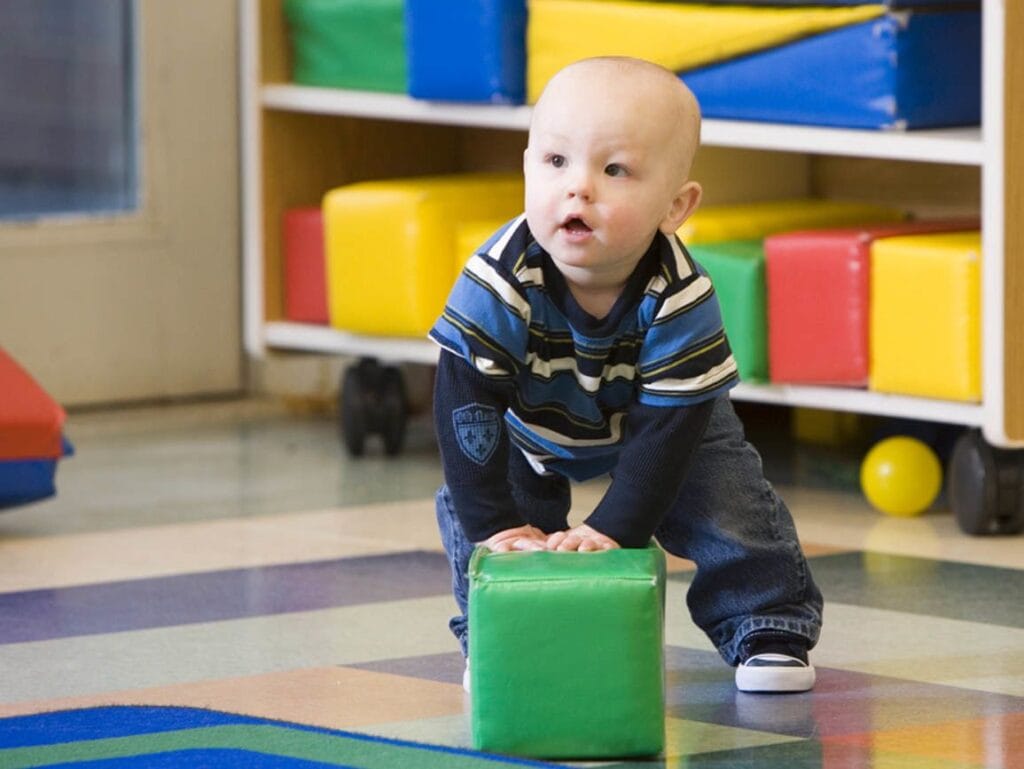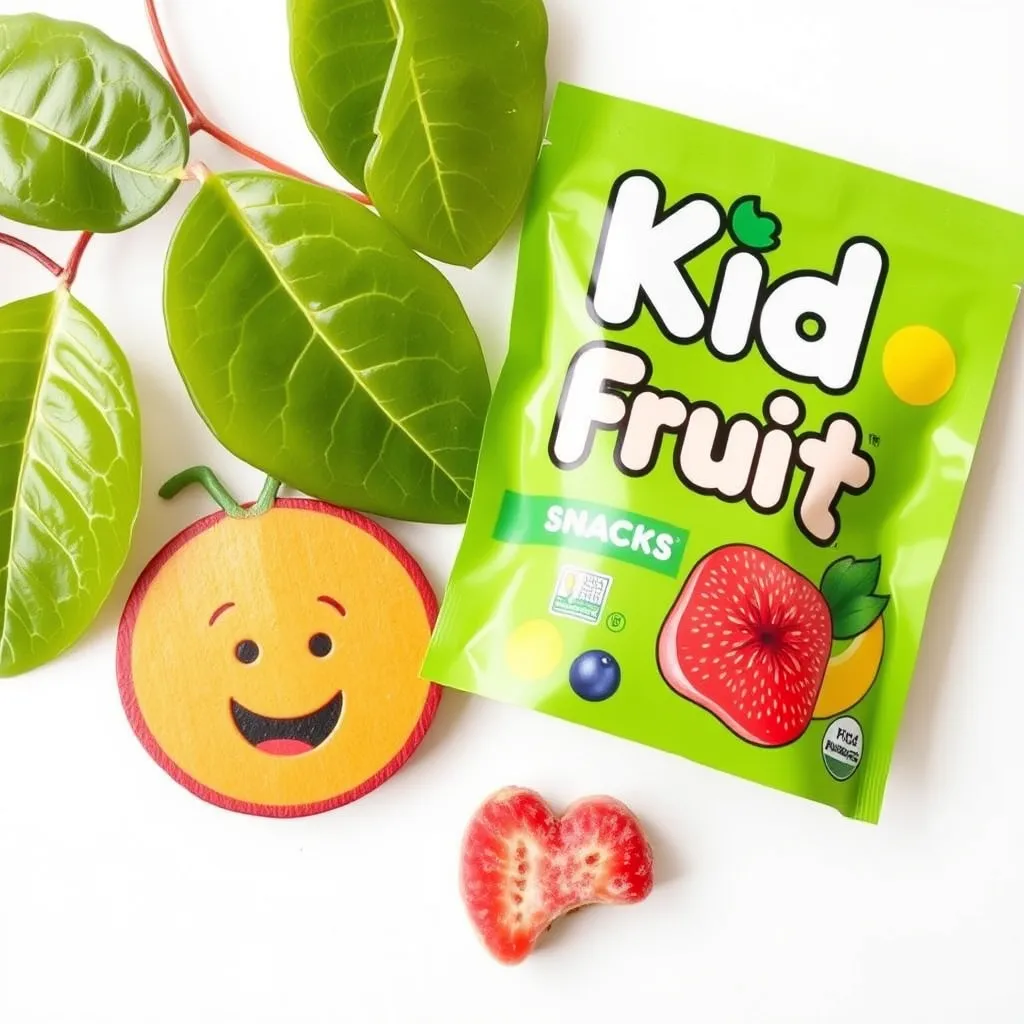As a parent, you might wonder, When should I stop holding my toddler? It’s a common question that doesn’t have a one-size-fits-all answer. Every child is unique, and every parent-child relationship has its own dynamics. But don’t worry! This comprehensive guide will help you navigate this important stage of your toddler’s development.
Key Takeaways:
- There’s no set age to stop holding your toddler – it varies for each child
- Gradual reduction is better than abruptly stopping
- Encourage independence while maintaining affection
- Listen to your child’s cues and trust your parental instincts
- Balance physical affection with other forms of bonding
- Consider your child’s emotional needs and developmental stage
- Adapt your approach based on your family’s unique circumstances
Understanding Your Toddler’s Needs
Toddlers are like little explorers with one foot in the baby world and one in the big kid world. They’re curious about their surroundings but still need the safety and comfort of their parents. This stage of development is crucial for building confidence and independence while maintaining a strong emotional bond with caregivers.

The Importance of Physical Touch for Toddlers
Before we dive into when to stop holding your toddler, let’s understand why physical touch is so important:
- Emotional bonding: Holding your child strengthens your emotional connection
- Brain development: Physical touch stimulates brain growth and neural connections
- Stress reduction: Cuddling can lower stress hormones in both parent and child
- Security: Being held helps toddlers feel safe and protected
- Communication: Touch is a powerful non-verbal way to express love and care
15 Red Flags Signs Your Baby is Too Hot While Sleeping
Signs Your Toddler Might Be Ready for Less Holding

While there’s no specific age to stop holding your toddler, there are signs that they might be ready for more independence:
- They wiggle or try to get down when you hold them
- They’re walking confidently and exploring on their own
- They show interest in playing independently
- They’re able to calm themselves down sometimes
- They prefer to sit next to you rather than on your lap
- They’re developing better language skills to express their needs
- They show pride in doing things “all by themselves”
There will come a time when you stop carrying
The Gradual Approach: Baby Steps to Independence
Instead of abruptly stopping, it’s best to reduce the amount of time you hold your toddler gradually. Think of it as slowly removing the training wheels from a bike. Here’s a step-by-step approach:
- Start with short periods of independent play: Encourage your toddler to play alone for a few minutes at a time, gradually increasing the duration.
- Encourage walking for short distances: Instead of carrying them, hold their hand or let them walk independently for short stretches.
- Use a stroller or wagon for longer trips: This gives your arms a break while still keeping your child close and secure.
- Offer hugs and cuddles instead of constant holding: This maintains physical affection while promoting independence.
- Create safe spaces for exploration: Childproof areas of your home where your toddler can move freely without constant supervision.
- Introduce “big kid” activities: Involve them in simple tasks that make them feel grown-up, like helping to set the table or picking out their clothes.
“Every child is different. Trust your instincts and your child’s cues to find the right balance between holding and encouraging independence.”
Balancing Independence and Affection
Remember, reducing the time you hold your toddler doesn’t mean reducing affection. There are many ways to stay close and nurture your bond:
Physical Affection
- Hugs
- Kisses
- Hand-holding
- Sitting together
- Back rubs
- High fives
Other Bonding Activities
- Reading stories
- Playing games
- Talking and singing
- Doing crafts
- Cooking together
- Going on nature walks
What If My Toddler Still Wants to Be Held A Lot?

Don’t worry if your toddler still craves a lot of physical contact. Some children need more comfort than others, and that’s perfectly okay. Here are some strategies to help:
- Set aside special cuddling times: Designate specific moments for holding and cuddling, like before bedtime or after daycare.
- Use a child carrier for part of the day: This allows for close contact while keeping your hands free.
- Encourage independence in small doses: Gradually increase the time your child spends playing or exploring on their own.
- Offer alternative forms of comfort: A special stuffed animal or blanket can provide security when you’re not holding them.
- Practice patience: Remember that this is a phase, and your child will naturally become more independent over time.
- Talk to your pediatrician: If you’re concerned about your child’s clinginess, consult with a healthcare professional for personalized advice.
Addressing Common Concerns
1. Will holding my toddler too much spoil them?
No, you can’t spoil a child with love and affection. Responding to your toddler’s needs helps them feel secure and confident. However, it’s important to balance physical comfort with opportunities for independence.
2. How can I encourage my toddler to be more independent?
Offer choices, praise their efforts, and create safe spaces for them to explore on their own. Encourage problem-solving skills and let them try new things, even if it means they might struggle a bit at first.
3. Is it okay if my 3-year-old still wants to be carried sometimes?
Yes, it’s completely normal. Some children need more physical comfort than others, even as they get older. Continue to offer affection while gently encouraging independence in other areas.
4. How do I balance holding my toddler and taking care of a new baby?
Try wearing the baby in a carrier and holding your toddler’s hand, or have special one-on-one time with your toddler when the baby is sleeping. Involve your toddler in caring for the baby to help them feel important and included.
Cultural Considerations
It’s important to note that attitudes towards holding and physical affection can vary across cultures. Some societies practice extended carrying or co-sleeping, while others emphasize early independence. Consider your cultural background and personal beliefs when deciding what’s best for your family.
The Role of Temperament
Your child’s innate temperament plays a significant role in their need for physical comfort. Some children are naturally more independent, while others are more sensitive and seek frequent reassurance. Understanding your child’s temperament can help you tailor your approach to holding and comforting them.
Transitioning to Other Forms of Comfort
As your toddler grows, you can introduce alternative ways to provide comfort and security:
- Verbal reassurance: Use words to comfort and encourage your child
- Comfort objects: A special toy or blanket can provide a sense of security
- Routines: Consistent daily routines can help your child feel safe and confident
- Emotional coaching: Help your child identify and express their feelings
- Mindfulness techniques: Teach simple breathing exercises or visualization for self-soothing
The Bottom Line
There’s no set age when you should stop holding your toddler. The key is to follow your child’s lead and trust your parental instincts. Gradually encourage independence while still showing plenty of love and affection. Remember that every child grows and develops at their own pace.
As your toddler grows, they’ll naturally want to explore more on their own. But don’t be surprised if they still run back for a cuddle now and then. That’s perfectly normal and a healthy sign of a secure attachment.
Ultimately, the goal is to raise a confident, independent child who knows they can always count on your love and support. By balancing physical affection with opportunities for growth, you’re setting your toddler up for success in the big world ahead.
Additional Resources
If you’re looking for more information on toddler development and parenting strategies, consider these resources:
- Books on toddler development by reputable child psychologists
- Parenting workshops or classes in your community
- Online forums or support groups for parents of toddlers
- Consultation with your pediatrician or a child development specialist
Remember, every family is different, and what works for one may not work for another. Trust yourself and your child, and don’t be afraid to ask for help if you need it. You’re doing a great job navigating this exciting and sometimes challenging stage of parenthood!











